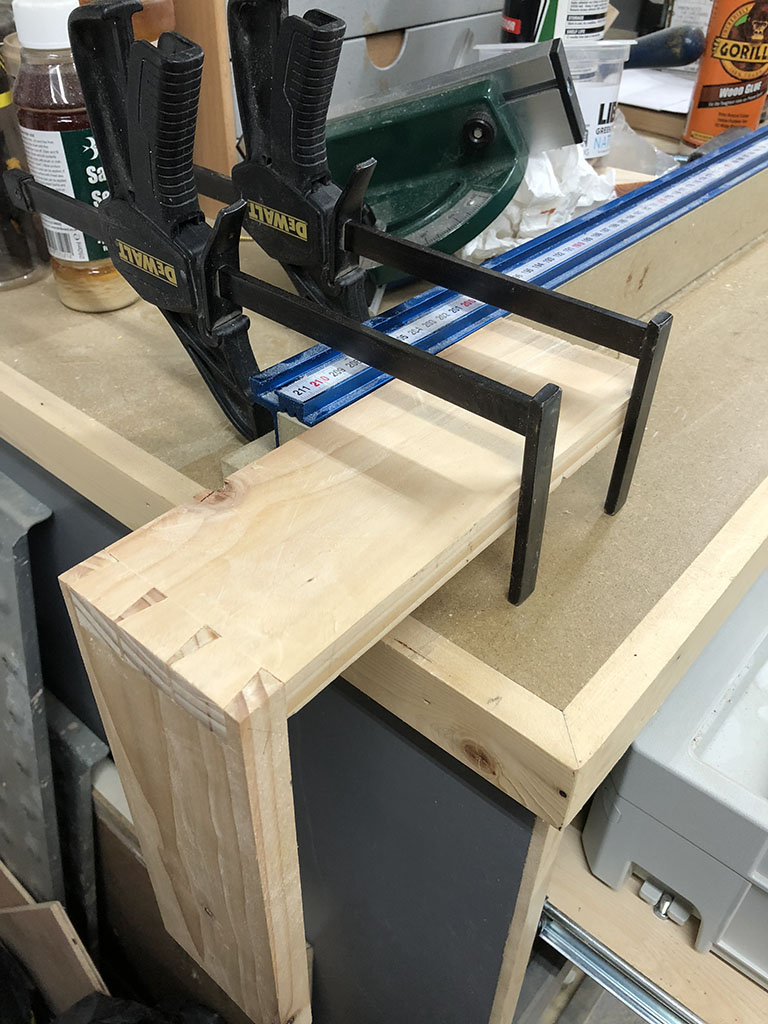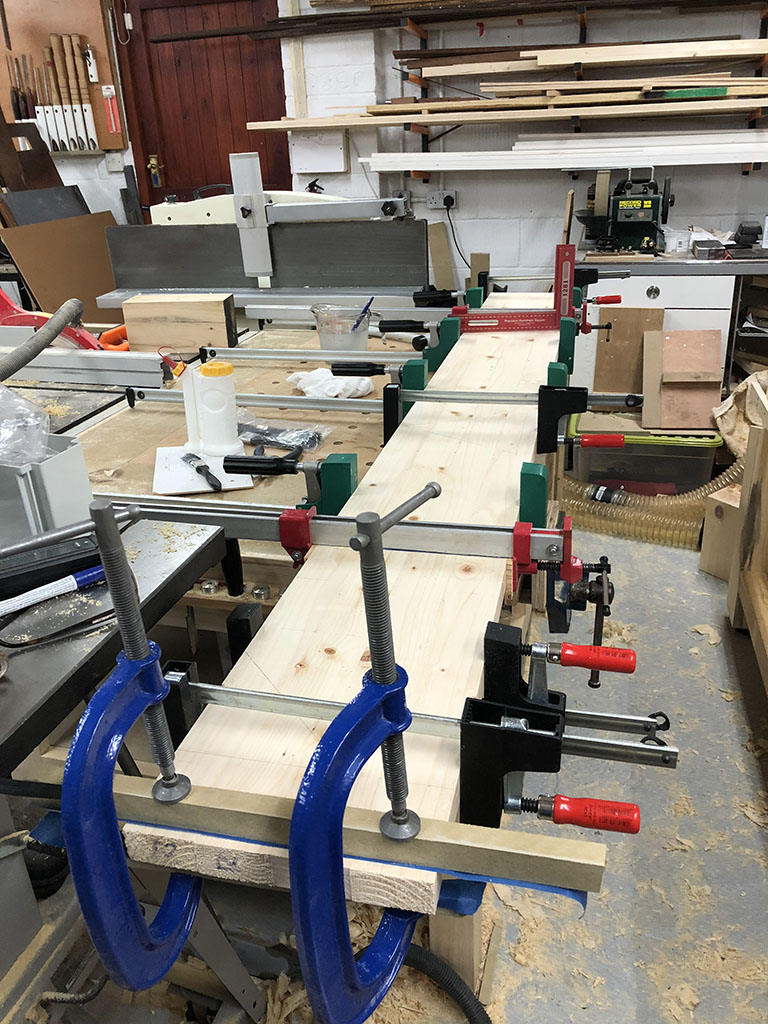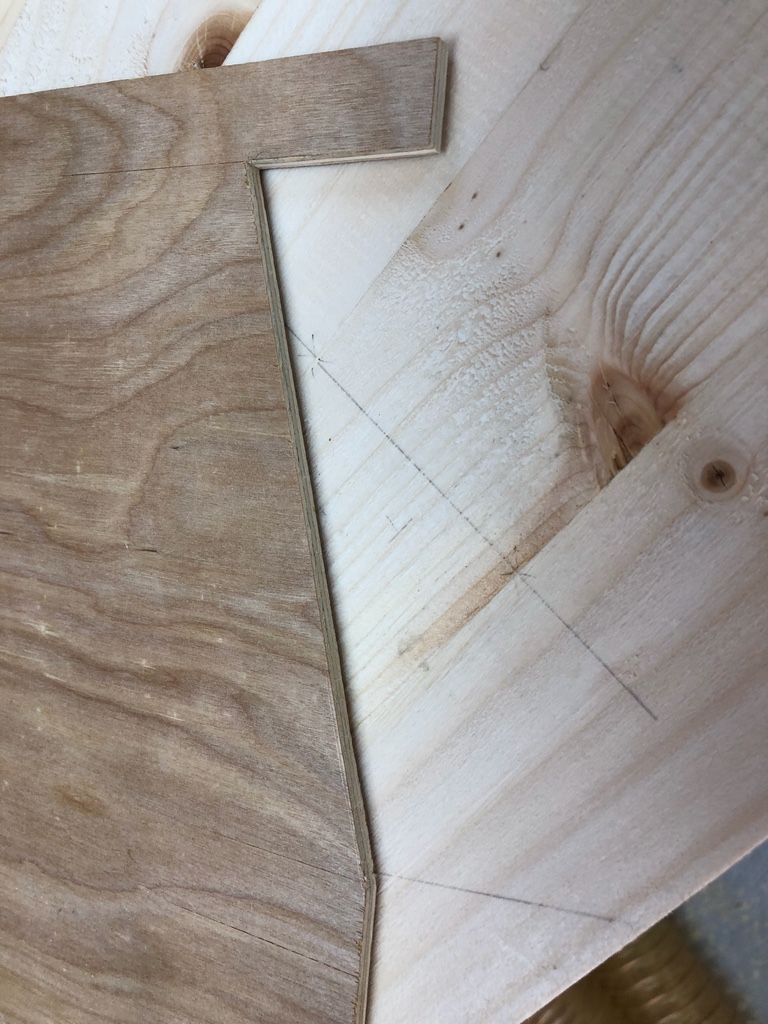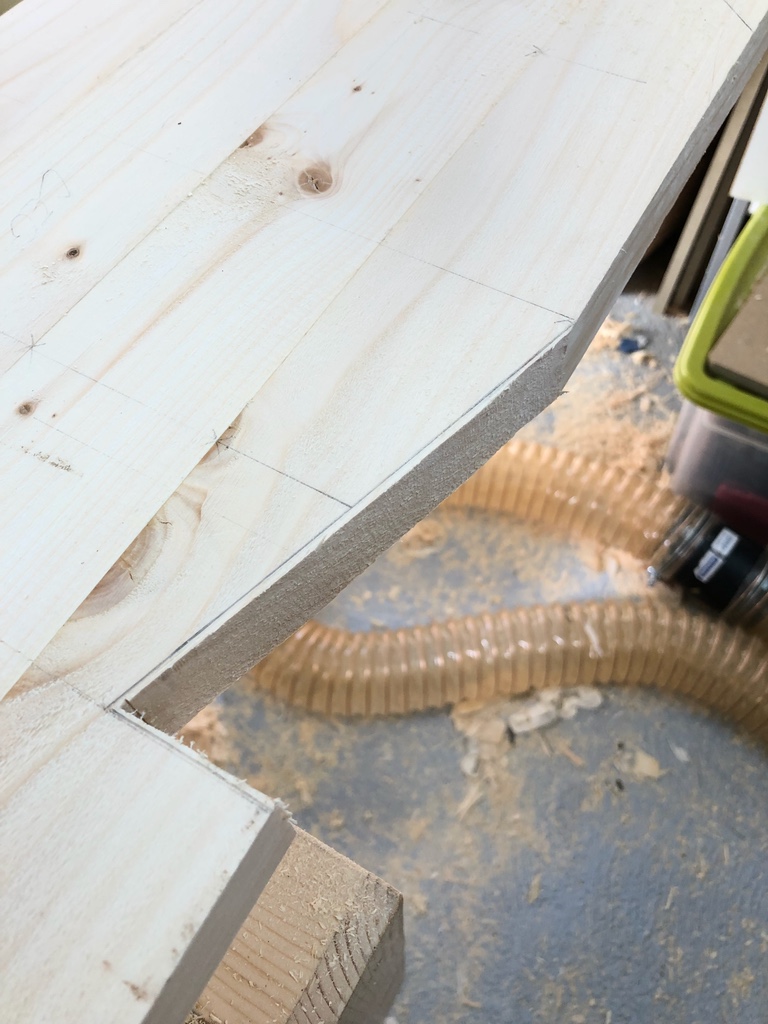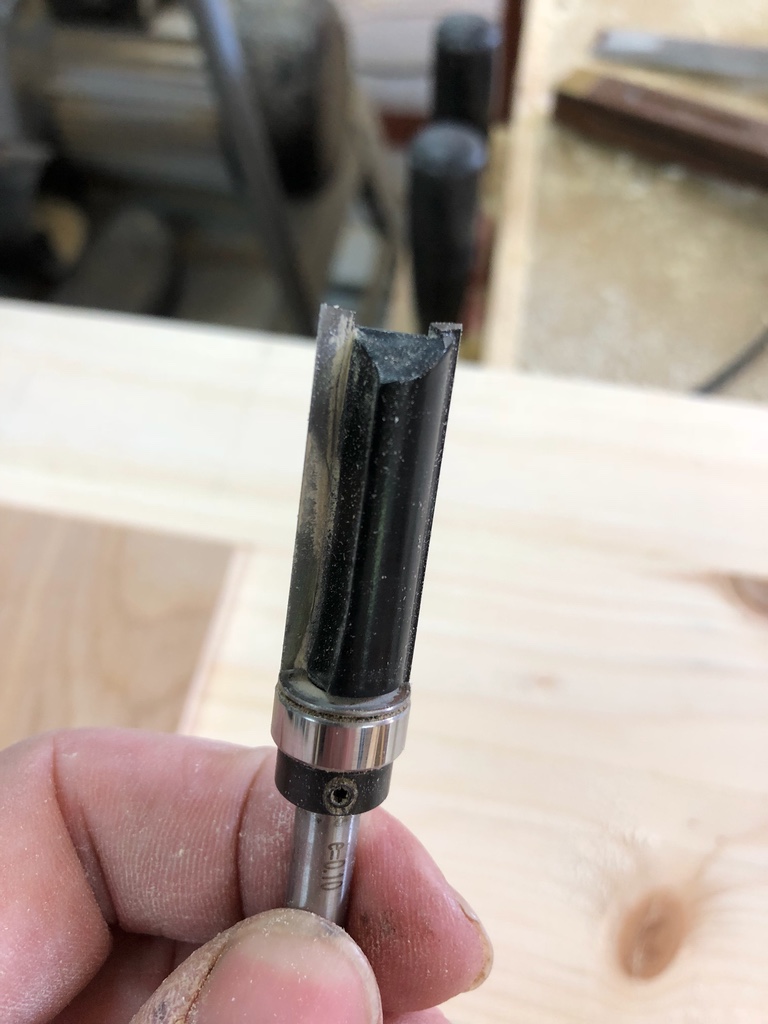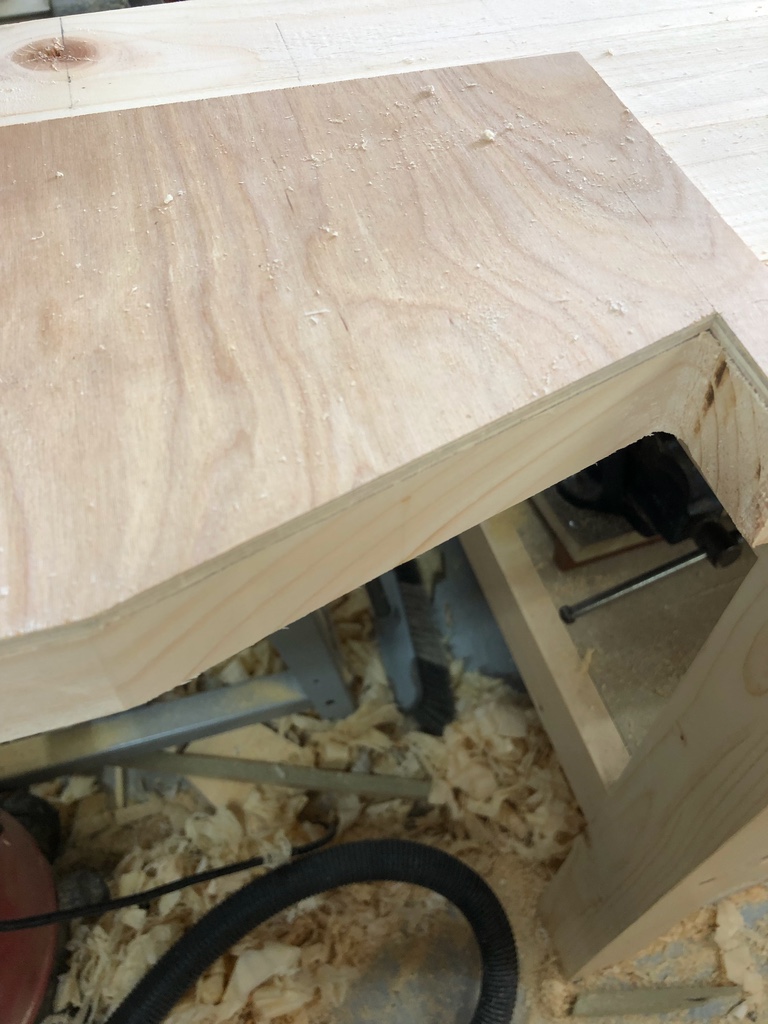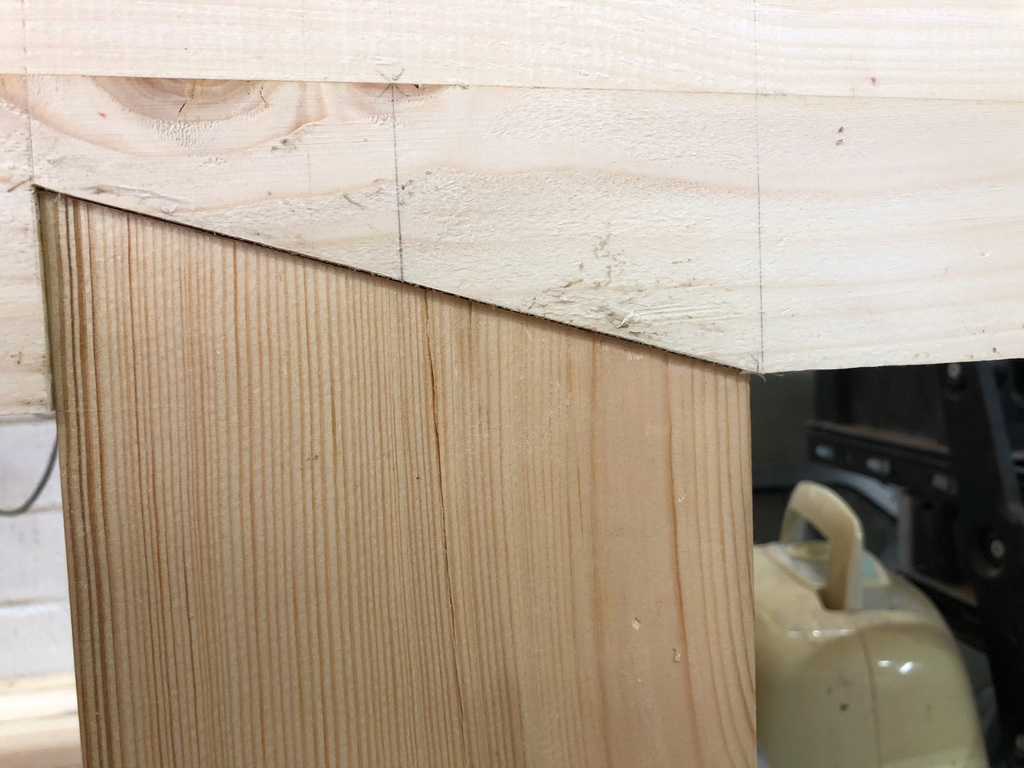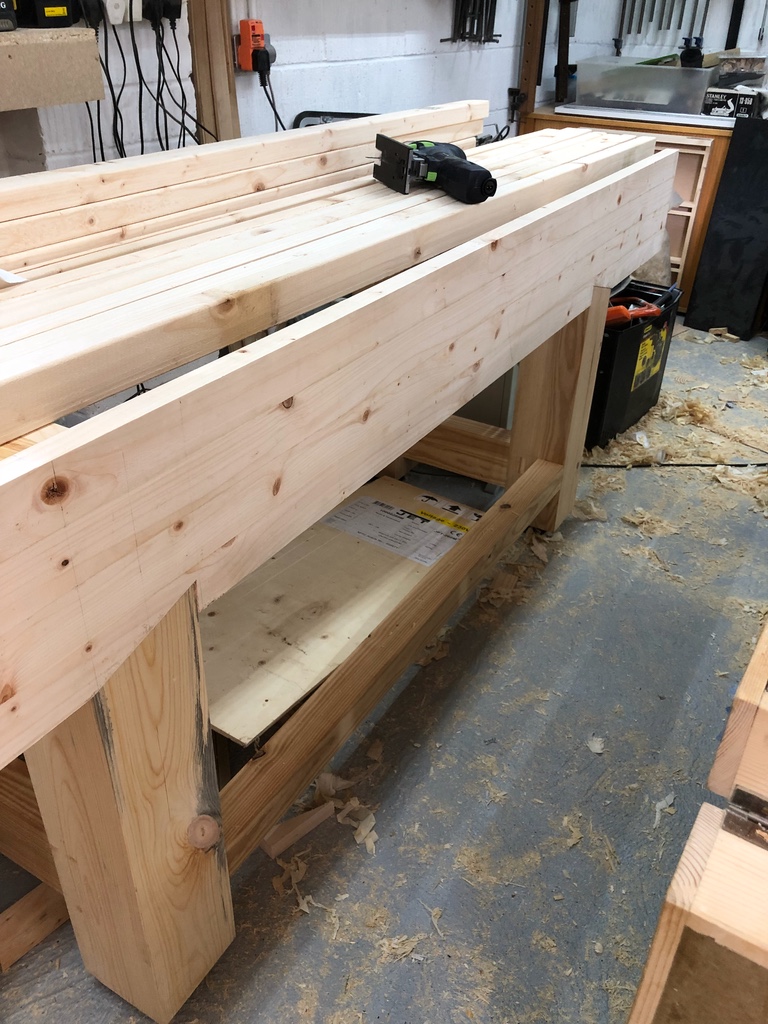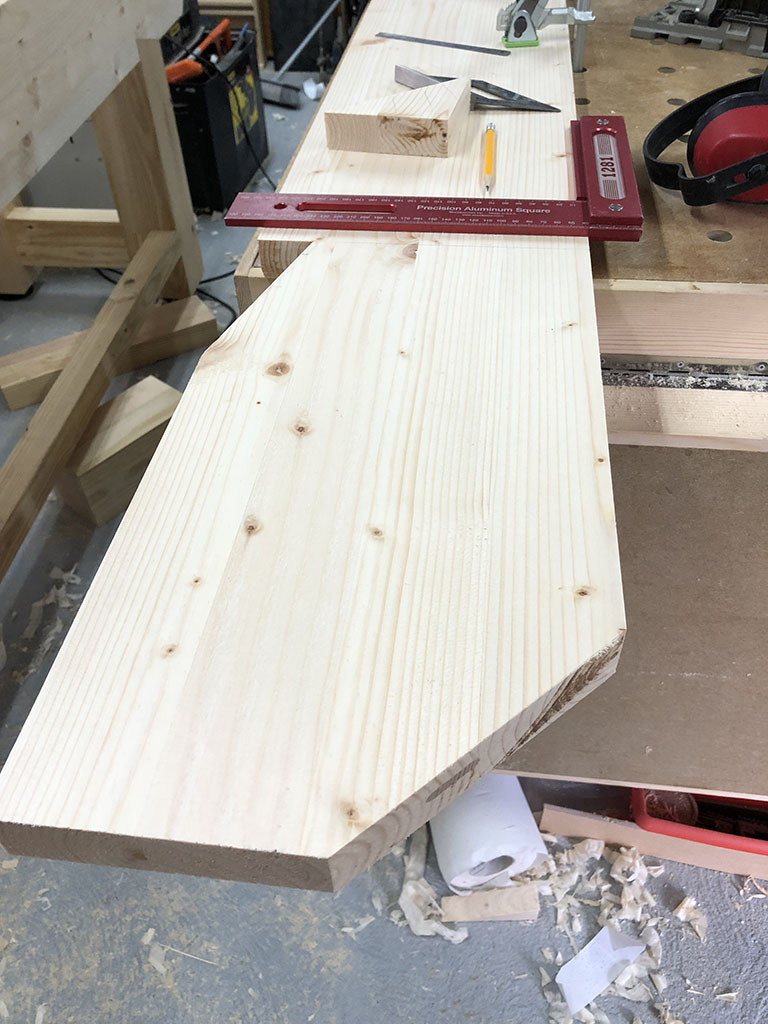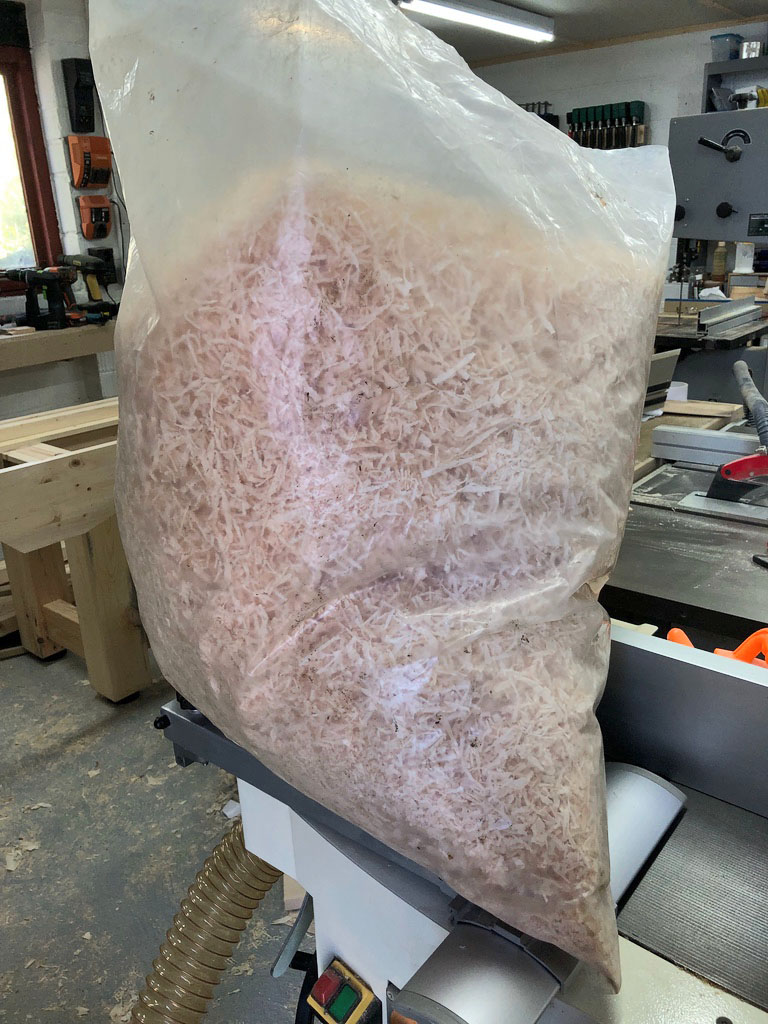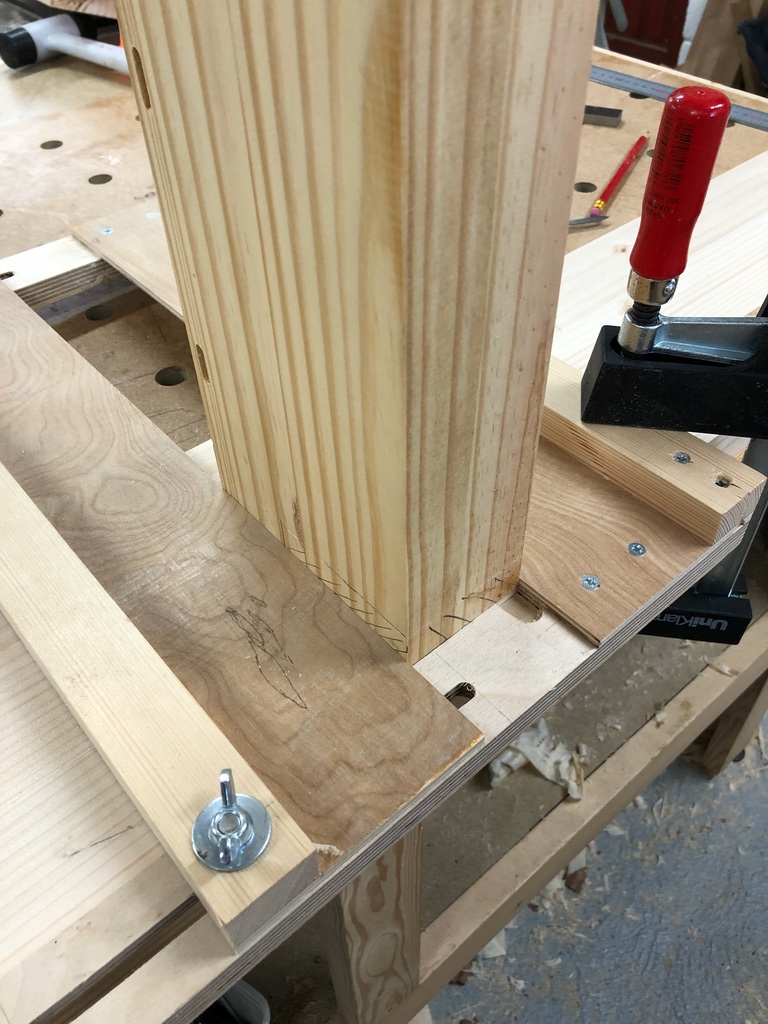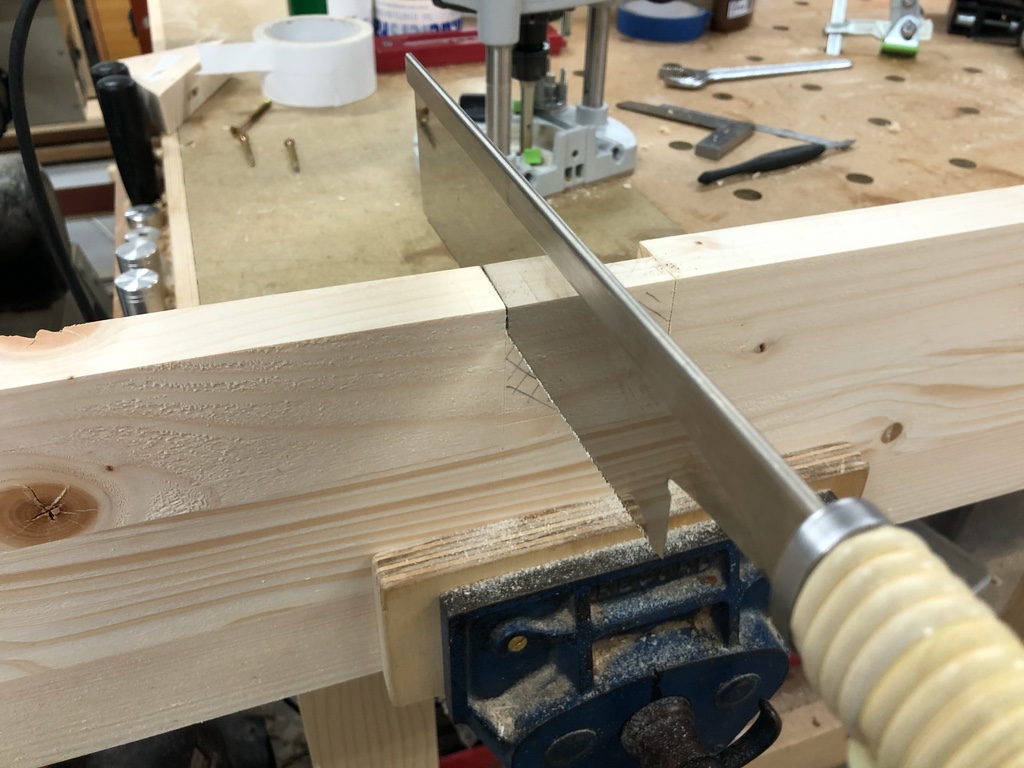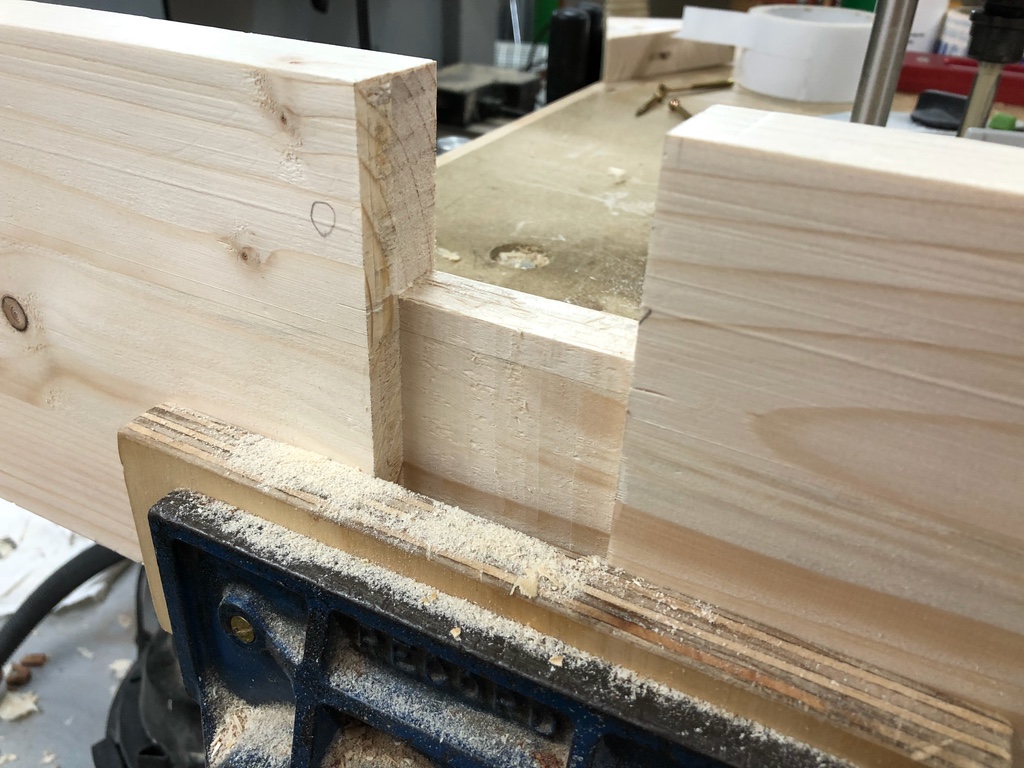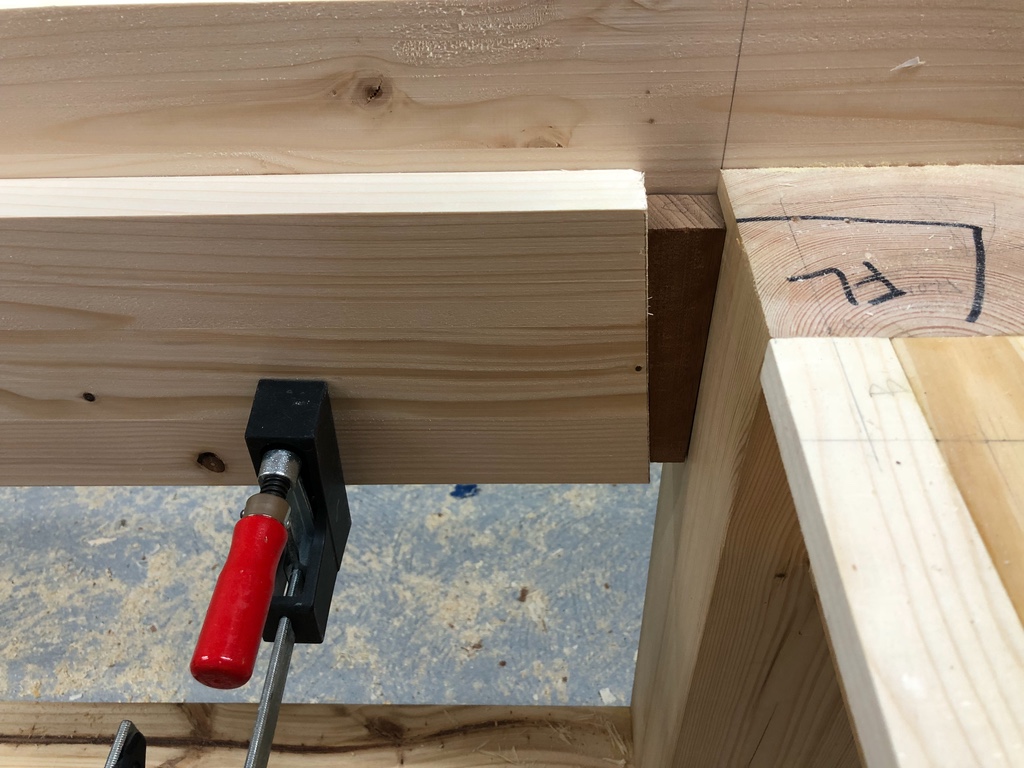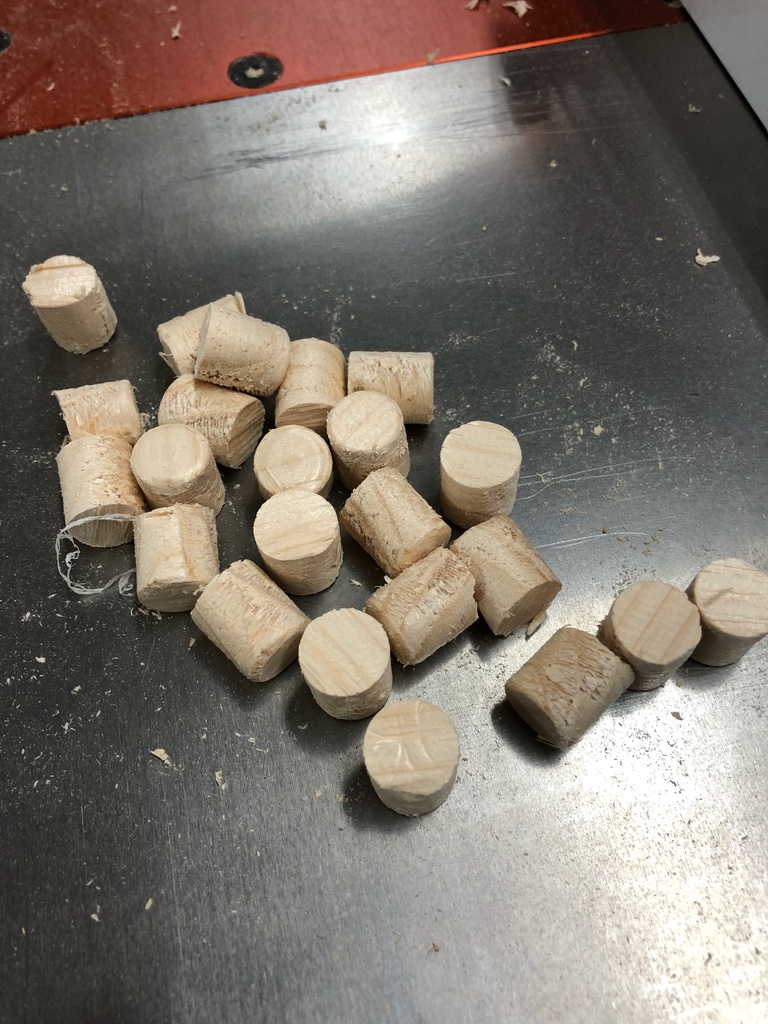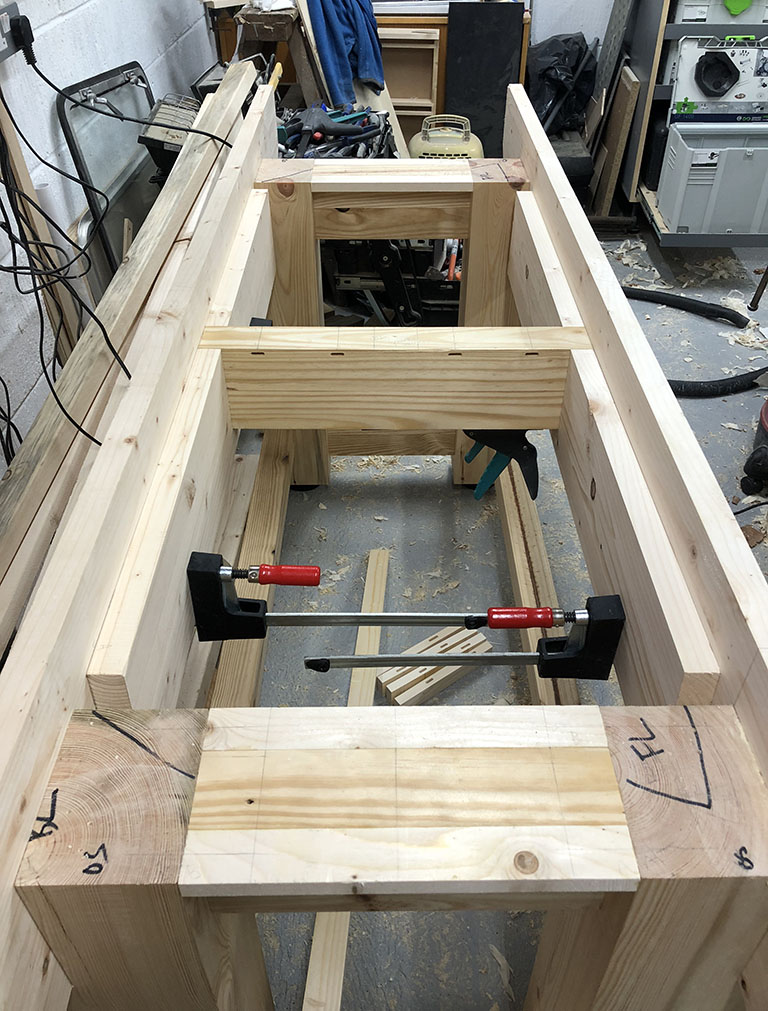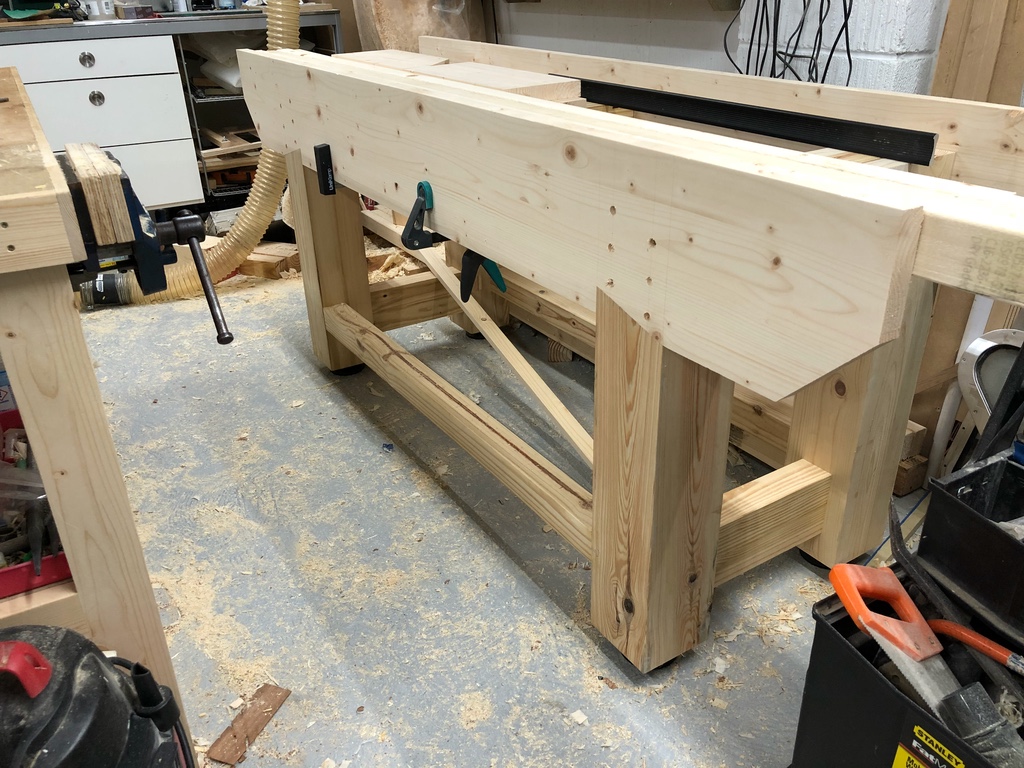Doingupthehouse
Established Member
Interesting question... on my other bench, I can’t say I’ve noticed, but then again, I don’t tend to pound out mortices by hand. There’s definitely a big difference between the ‘holey’ area and the solid area of the top - where the webs of the torsion box are filled in.
I'd be interested to know the physics of this. Does the mass absorb the shock or does it help transmit it to the floor? Or a combination of the two perhaps? Does the hardness of the material make a difference - would an thinner section oak bench be less ‘dead’ than a beefier softwood one of the same weight?
If it wasn’t so heavy, I’d remove the feet when the bench is complete and try and see if there was any noticeable difference.
I'd be interested to know the physics of this. Does the mass absorb the shock or does it help transmit it to the floor? Or a combination of the two perhaps? Does the hardness of the material make a difference - would an thinner section oak bench be less ‘dead’ than a beefier softwood one of the same weight?
If it wasn’t so heavy, I’d remove the feet when the bench is complete and try and see if there was any noticeable difference.




